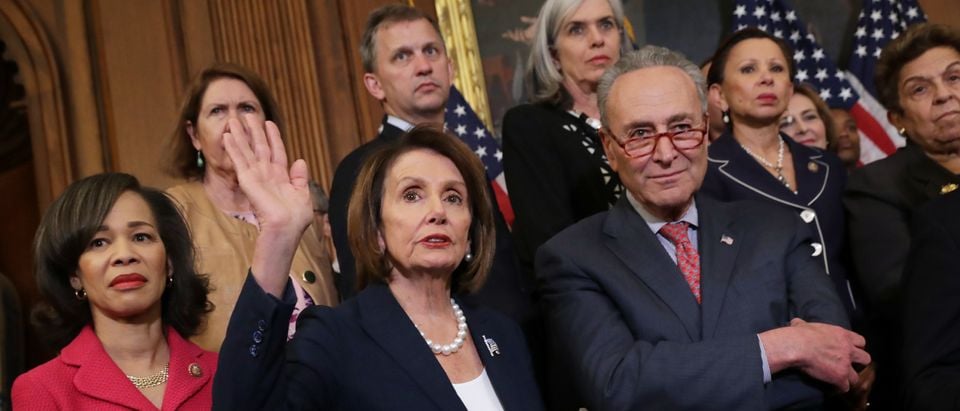Apparently bipartisanship is alive and well in Congress — not to deal with our broken immigration system, protect our environment nor to counter China, Iran and Russia’s hegemonic challenges to our country, or solve any of the dozens of critical issues facing America today.
Where bipartisanship flourishes is the return in Congress of “earmarks.” When it comes to wasting taxpayer money, both sides of the aisle are ready to work together. During my four years in Congress, I was proud to have sponsored bipartisan legislation reducing drug pricing and pursuing environmentally secure energy production, choice in education and stable and institutional foreign policy. I never voted for any of the wasteful spending of the Republican 115th Congress, nor the Democrat 116th. This was and is bipartisan waste. I was the only member of Congress to vote against every agricultural subsidy — ethanol, cotton, tobacco, sugar — all of them.
The term “earmark” is derived from the way livestock, particularly hogs, were tagged in order to distinguish one farmer’s animals from another. In budgeting terms, earmarks represent specific spending, literally pork, inserted into appropriations bills to support a congressman’s pet projects and enhance his or her standing in his or her district. These projects are narrowly focussed without rigorous vetting. The only criteria are what gets the votes, not what serves the public good.
Prior to banning earmarks, a 2010 CNN poll showed that 79% of all respondents (89% of Republicans and 71% of Democrats) believed that earmarks were “not acceptable.” When the Republicans gained control of the House of Representatives in 2011, earmarks were eliminated — not because they were wrong, but to sanitize the adverse impacts of lobbyist scandals, headlined by Jack Abramoff. Talk of reviving them began almost immediately. This year, the practice may be returning under the guise of “Community Project Funding.”
According to Citizens Against Government Waste, there have been 111,114 earmarks issued since 1991, which totaled $375.7 billion. Some of the more egregious earmarks have become infamous examples of government waste and why we should not return to this corrupt system. The “bridge to nowhere,” a $223 million project to connect the town of Ketchikan, Alaska, to Gravina Island (population, 50), $500,000 for a teapot museum in Sparta, North Carolina, $1 million for the Atomic Testing History Museum in Las Vegas, Nevada, and $300,000 for an organic community farm in Woodbridge, Connecticut. How can lawmakers justify this spending?
It was a lonely, uphill effort, but I consistently criticized and voted against the excessive, irresponsible spending promoted by both parties. Spending which has taken our national debt to a stratospheric $28 trillion.
The uncomfortable reality is debt matters, and unless we get our spending under control, sometime in the future it is inevitable that our standard of living in America and our stature in the world will suffer. Our children and grandchildren will bear the burden of a federal deficit that will see a day of reckoning in the not too distant future. Our uncontrollable spending in earmarks, bailouts and subsidies will exhaust our national patrimony, ruin our country and ultimately transfer global hegemony to China and its allies.
Can Congress say no to earmarks? Can Congress and the Executive Branch say no to spending money? These are the questions which will determine whether we continue to lead the world or not. Every nation-state has had its day — Greece, Rome, Spain, France, UK, Netherlands, Italy, Germany, etc. — where are we in the cycle?
Rep. Francis Rooney represented Florida’s 19th congressional district from 2017 to 2021 and previously served as U.S. Ambassador to the Holy See under President George W. Bush from 2005 to 2008.


